Columnar Blue Spruce
$69.50 Original price was: $69.50.$48.65Current price is: $48.65.
- Free Shipping over $25
- Fast & reliable delivery options
- Enjoy top quality items for less
- Multiple safe payment methods

Blue spruce planted as a centerpiece in the lawn is a gardening classic in cooler parts of the country. These majestic trees, with their brilliant steel-blue foliage, express the pride of the gardener in their garden, yet they are low-maintenance and easy to grow. The only problem is that they grow large, and they need a similar large garden if they are not to take over the space and even crowd up against the house. If you have a smaller garden, but crave the beauty of a blue spruce, then the Columnar Blue Spruce is the answer to your prayers.
This selected variety of spruce will grow to 25 feet tall in time, compared to the 40 feet or more of the original tree. Even better, it will only grow to around 6 feet wide, meaning it will fit into even a small garden, making a striking specimen without becoming a problem. This unique, upright form of blue spruce is not widely available, so we are expecting our stock to be ordered and shipped out very quickly. If you want the opportunity to have that specimen blue spruce in your small garden, then this is the way to achieve it.
Growing Columnar Blue Spruce Trees
The smaller size of this tree also opens up more possibilities for using it in your garden. It can join the other small trees and shrubs in your beds, adding height, interest and year-round color. A group of three will make the perfect accent in that blank corner. With its narrow form, it also makes a unique and striking hedge or screen if planted in a row. A tree of this size, with its stunning color and beauty, can find a welcome place in any garden, and certainly deserves one.
Hardiness
As a final benefit, this tree is as hardy as they come, thriving happily even when the mercury sinks to minus 40 degrees (on either scale you wish to use). This means that there are very few places in the colder parts of the United States where it cannot be grown. It is a boon to gardeners in those cold areas, where so many other coveted plants cannot survive. It is also a symbol of those areas, since it does not do well in the heat and humidity of the deep south.
Planting Your Columnar Blue Spruce Tree
Plant your Columnar Blue Spruce in a sunny, or lightly shaded spot, in most types of soil that are well-drained. It thrives in richer, moist soils, but once established it has good drought tolerance under normal summer conditions. Unlike a regular blue spruce, the branches on this tree grows upwards, not horizontally, and it is this feature that keeps the tree narrow. It also means the tree has a denser form, making it very attractive and really showing off the rich silver-blue color. Because of this density, it needs no trimming to always look neat, but an even narrower form can be maintained with some selective trimming, if needed.
Using Columnar Blue Spruce Trees as a Hedge
Because of its narrow form, the Columnar Blue Spruce also makes a terrific hedge or screen. Plant your trees is a row, spacing them 3 feet apart. They will form a naturally dense hedge, with a neat appearance, without any trimming. If you want an exceptionally neat form, then a formal hedge can also be created, by trimming annually in early summer, after the new shoots have hardened and darkened in color. Although only rarely seen, a blue spruce formal hedge is a thing of exceptional beauty.
History and Origins of the Columnar Blue Spruce
Blue Spruce (Picea pungens) is also called Colorado Spruce, and it is an American native tree that grows naturally from Wyoming to New Mexico. It has been widely planted in many other places, and grows across a wide stretch of the country. Gardeners have collected many forms, upright, weeping, prostrate and dwarf, mostly in intense shades of steely-blue.
The unique Columnar Blue Spruce was developed at the famous Iseli Nurseries, a conifer specialist nursery in Boring, Oregon. The founder – Jean Iseli – produced many unique conifers and around 1980 selected this tree himself for its upright branching, which keeps it narrow, and its strong blue color. This tree is, in form and color, nothing like a seedling blue spruce, and our trees are derived by cuttings of trees grown from that original tree. Cheaper trees will definitely not have the special form that makes this tree so perfect for smaller spaces.
Be the first to review “Columnar Blue Spruce” Cancel reply
Related products
Evergreen Trees
Evergreen Trees
Evergreen Trees
Arborvitae Trees
Evergreen Trees
Evergreen Trees
Evergreen Trees
Evergreen Trees

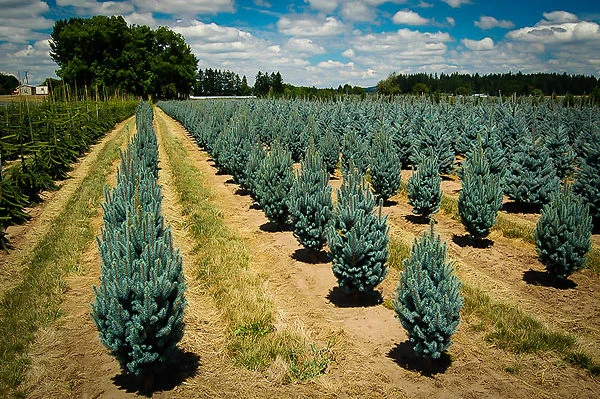
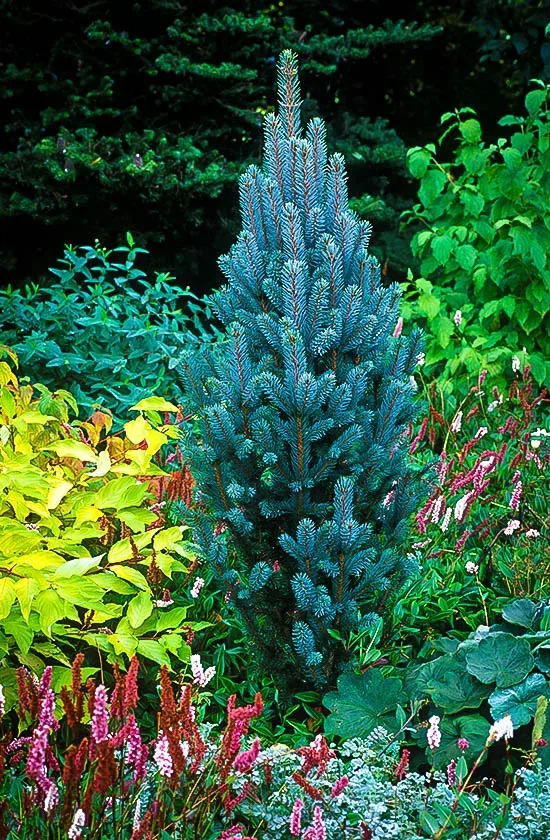


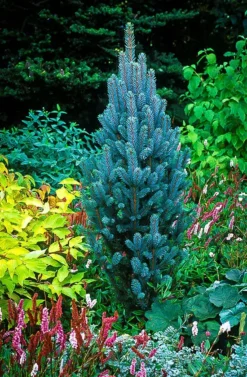
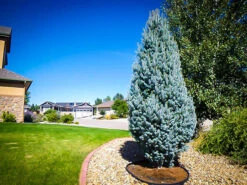


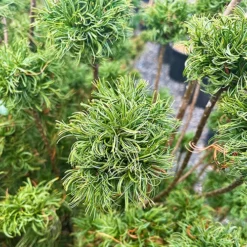
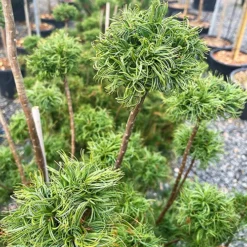
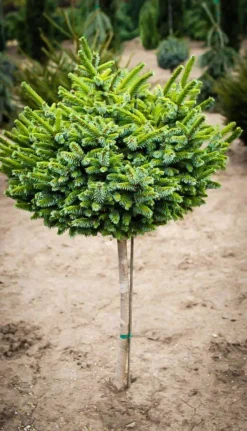
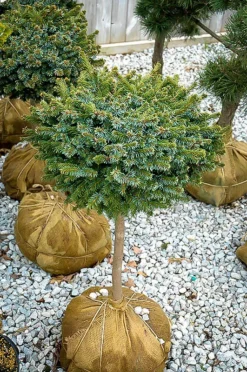
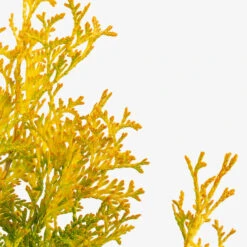
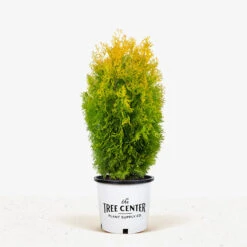
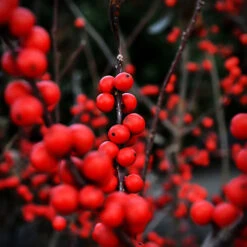

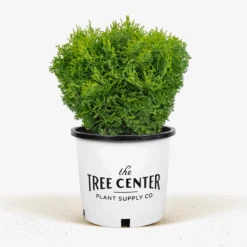
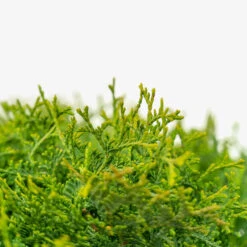
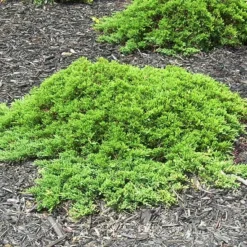
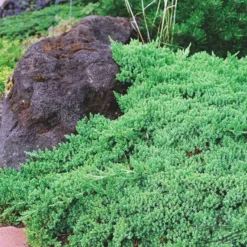

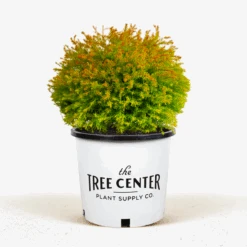
Reviews
There are no reviews yet.